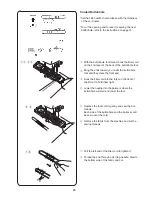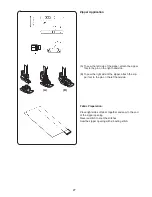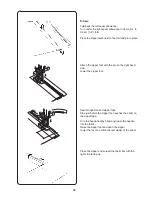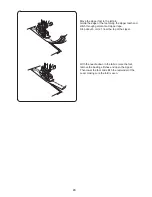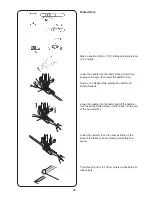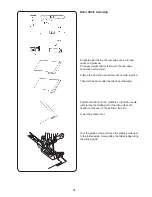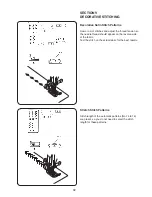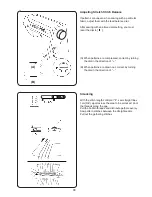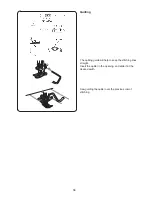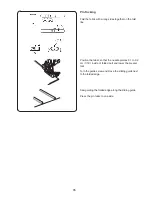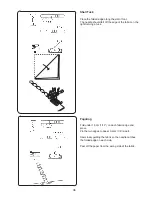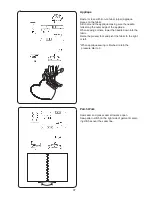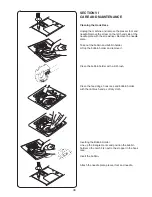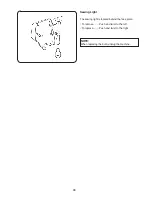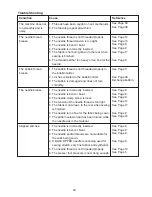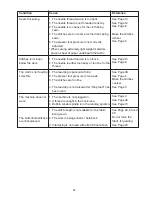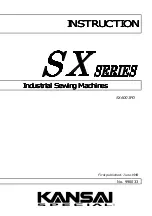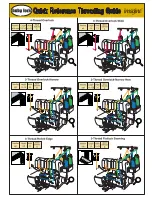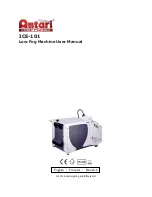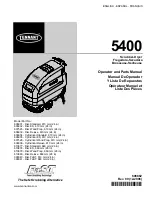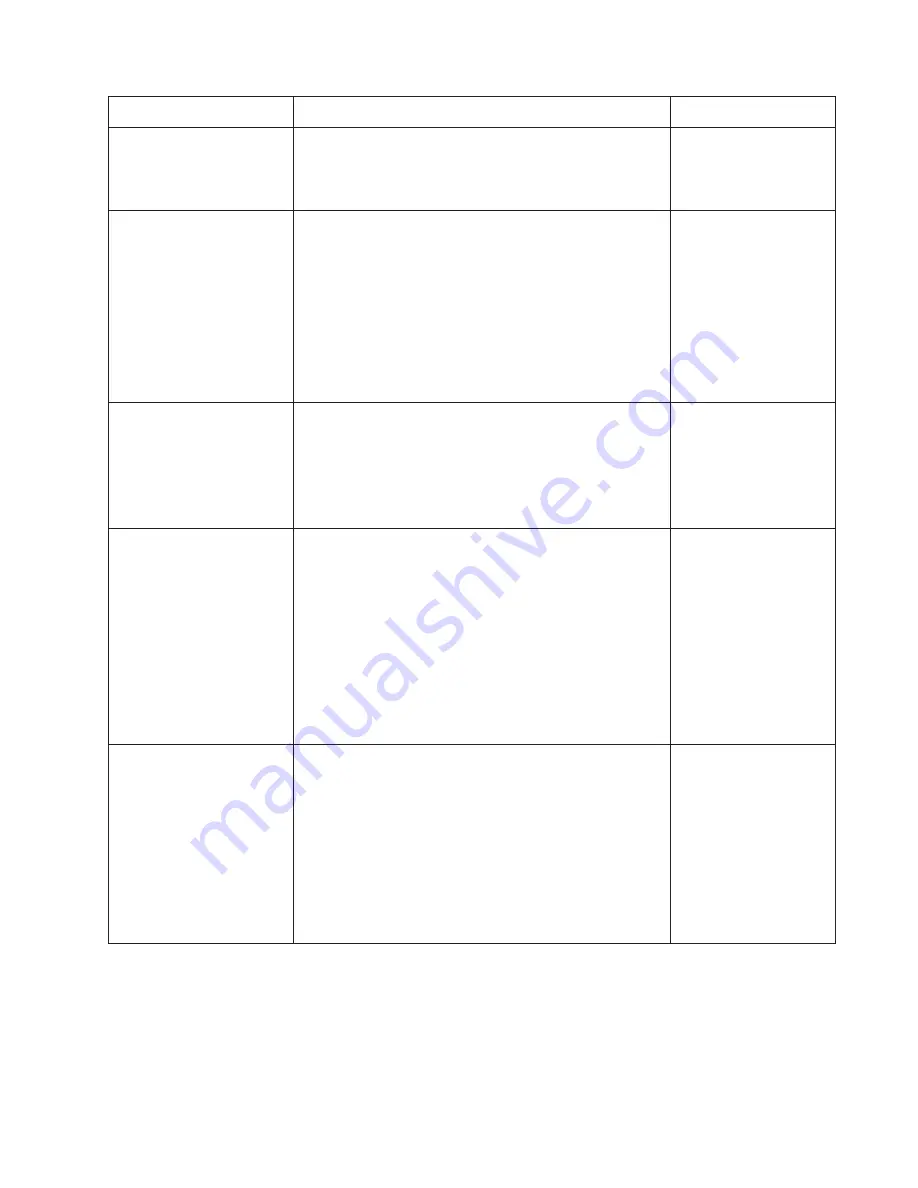
40
Trouble Shooting
Condition
The machine does not
run smoothly and is
noisy.
The needle thread
breaks.
The bobbin thread
breaks.
The needle breaks.
Skipped stitches.
Cause
1. Threads have been caught in hook mechanism.
2. The feed dog is packed with lint.
1. The needle thread is not threaded properly.
2. The needle thread tension is too tight.
3. The needle is bent or blunt.
4. The needle is incorrectly inserted.
5. The fabric is not being drawn to the rear when
sewing is finished.
6. The thread is either too heavy or too fine for the
needle.
1. The bobbin thread is not threaded properly in
the bobbin holder.
2. Lint has collected in the bobbin holder.
3. The bobbin is damaged and does not turn
smoothly.
1. The needle is incorrectly inserted.
2. The needle is bent or blunt.
3. The needle clamp screw is loose.
4. The tension of the needle thread is too tight.
5. The fabric is not drawn to the rear when sewing
is finished.
6. The needle is too fine for the fabric being sewn.
7. The pattern selector dial has been turned while
the needle was in the material.
1. The needle is incorrectly inserted.
2. The needle is bent or blunt.
3. The needle and/or threads are not suitable for
the work being sewn.
4. A BLUE TIPPED needle is not being used for
sewing stretch, very fine fabrics and synthetics.
5. The needle thread is not threaded properly.
6. The presser foot pressure is not strong enough.
Reference
See Page 38
See Page 38
See Page 12
See Page 15
See Page 8
See Page 8
See Page 17
See Page 8
See Page 11
See Page 38
Exchange bobbin.
See Page 8
See Page 8
See Page 8
See Page 15
See Page 17
See Page 8
See Page 16
See Page 8
See Page 8
See Page 8
See Page 8
See Page 12
See Page 5
Summary of Contents for HD3000
Page 1: ...INSTRUCTION BOOK...
Page 2: ......
Page 46: ......
Page 47: ......
Page 48: ...753 800 379 q EN...

